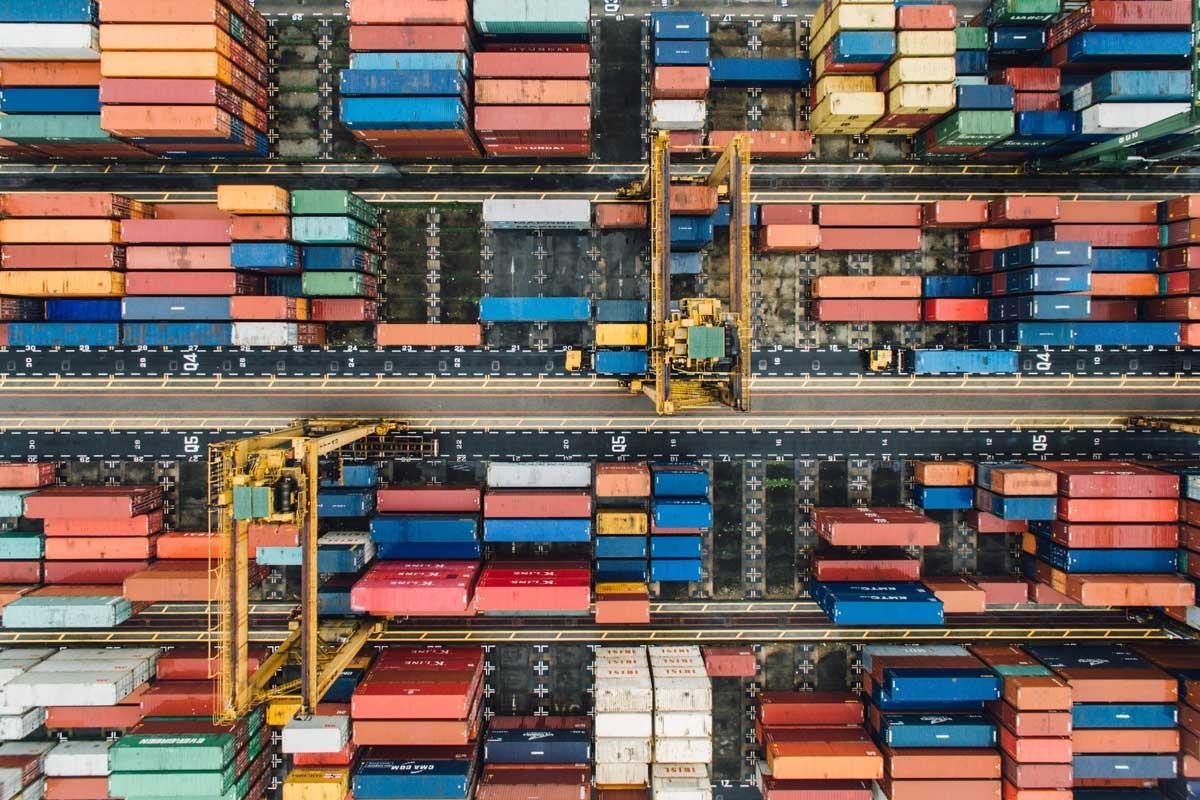By
Shiwen Yap
Africa-Press – Eritrea. Special economic zones (SEZs) have long served as instruments of export promotion and foreign direct investment. Yet Zones for Employment and Economic Development (ZEDEs) with their unique governance autonomy offer a new blueprint for anchoring and accelerating major trade corridors: IMEC (India–Middle East–Europe Corridor), INSTC (International North–South Transport Corridor), and the Middle Corridor across Central Asia and the Caucasus.
ZEDEs combine legal innovation, administrative agility, and investment-friendly governance. Drawing lessons from Honduras, these zones have demonstrated the power of regulatory experimentation to attract FDI, stimulate job creation, and catalyze integrated infrastructure development.
Anchoring Corridor Nodes
Modern trade corridors have evolved beyond mere physical infrastructure, such as steel and concrete. Today, they require a robust and reliable regulatory framework that can facilitate the smooth flow of goods and services.
This is where regulatory innovation comes into play, and zones like ZEDEs can play a crucial role. By implementing international best practices in customs, dispute resolution, and compliance frameworks, ZEDEs can significantly reduce border friction, making it easier for businesses to operate and thrive.
Another key aspect of modern trade corridors is infrastructure integration. ZEDEs can serve as natural multimodal anchor points by co-locating ports, warehousing, logistics, and free-trade services.
This integrated approach enables the efficient movement of goods, reducing transit times and costs, and increasing the overall competitiveness of businesses operating within the zone. By providing a one-stop shop for trade-related services, ZEDEs can streamline the logistics process, making it easier for companies to import and export goods.
The strategic location of ZEDEs is also critical to their success. Zones positioned near transit chokepoints or node intersections can significantly enhance corridor throughput and efficiency. By leveraging their geographic location, ZEDEs can become key hubs for international trade, connecting businesses to new markets and customers.
This, in turn, can drive economic growth, create jobs, and stimulate investment in the surrounding region. As modern trade corridors continue to evolve, the importance of regulatory innovation, infrastructure integration, and strategic geography will only continue to grow, making ZEDEs an attractive option for businesses and governments looking to stay ahead of the curve.
Catalysts for Supply Chain Diplomacy
ZEDEs are not only anchor points for trade corridors. Their development can be catalysts for economic growth, regional stability, and innovation. By offering investor-friendly regimes, ZEDEs can attract foreign direct investment (FDI) and foster industrial clustering in key sectors such as logistics, finance, and manufacturing. This clustering effect can create a snowball effect, where businesses are drawn to the zone’s favourable conditions, leading to a concentration of industry expertise and resources.
ZEDEs are also at the forefront of customs and trade facilitation innovation. They can pilot and test new simplified customs procedures, such as single-window and bonded warehousing, and then scale these projects regionally. This allows ZEDEs to stay ahead of the curve in terms of trade facilitation, making them attractive to businesses looking to streamline their logistics and supply chain operations.
Furthermore, ZEDEs are well-positioned to pioneer green and digital logistics solutions, aligning with the sustainability goals of trade corridors. By investing in low-emission freight handling and digital trade platforms, ZEDEs can reduce their environmental footprint while increasing efficiency and competitiveness.
This can include the adoption of electric or hybrid vehicles, the use of renewable energy sources, and the implementation of digital tools to optimize logistics and supply chain management. By embracing green and digital logistics, ZEDEs can become models for sustainable trade and economic development.
One of the companies leading ZEDE development is Honduras Próspera Inc. They are the developer and guarantor behind Próspera ZEDE, a charter city on Roatán founded under Honduran ZEDE law.
Backed by securing backing from prominent venture capitalists such as Balaji Srinivasan, Peter Thiel, and Marc Andreessen, the firm has launched Próspera Africa as it scales and seeks to bring its ZEDE model to the continent.
Coupled with this international expansion, in January 2025, Próspera secured a strategic investment from Coinbase Ventures. This signals deep alignment between crypto-friendly regulation, economic freedom, and digital innovation. It strengthens Próspera’s global credibility, and it also boosts its capacity to pioneer crypto-digital zones that can be embedded within major trade corridors.
Corridor-Specific Applications
Along the IMEC, ZEDEs in the Gulf and Eastern Mediterranean can serve as digital-physical hubs, integrating transshipment, logistics, and re-export services. These zones would connect India, the Gulf, Israel, and Europe, not only physically but also through shared regulatory frameworks.
Along the INSTC, located in Iran, Azerbaijan, or Russia, ZEDEs could facilitate customs harmonization and act as crucial multimodal transfer points, reducing costs and mitigating geopolitical risks.
Along the Middle Corridor, in Central Asia and the Caucasus, ZEDEs can foster local industries, secure supply chains, and support logistics services, playing a key role in the corridor’s goal of tripling trade volumes by 2030.
However, in terms of risks and prerequisites:
Legal and Political Continuity:** ZEDE regimes need stable governance structures. The reversal of ZEDE laws in Honduras highlights this vulnerability.
Geopolitical Coordination: These ZEDEs must align with broader state strategies to avoid creating divisions among corridor stakeholders.
Sustainability and Inclusivity: As ZEDEs expand, their impact on local communities and ecosystems must be carefully managed.
The transition of the globalization narrative from a “hyperconnected world” into geo-economic blocs bound by connector economies—a jurisdiction that functions as a crucial intermediary between different geopolitical blocs or markets—means the world is in an era of expanding supply chain diplomacy.
ZEDEs offer modular, adaptive platforms that can transcend national boundaries. By anchoring corridors with agile governance and integrating digital platforms, ZEDEs like Próspera can reinforce connectivity, resilience, and regional transformation.
Delivering on this promise requires robust legal safeguards, multilateral coordination, and sustainable design. But the payoff is profound: corridors anchored not only in steel but in forward-leaning governance.
moderndiplomacy
For More News And Analysis About Eritrea Follow Africa-Press







